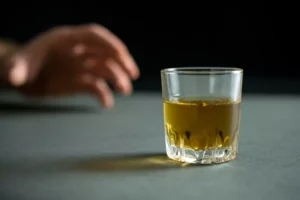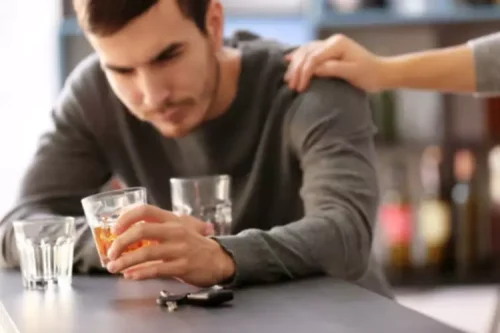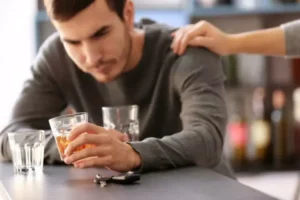
You can make a chart using your own addiction and your own costs and benefits on a blank piece of paper. When you fill it out, write as many items as you can think of to go under each heading. Do the benefits of continued use or participation outweigh the costs? Read, see friends, go to a movie, immerse yourself in a hobby, hike, or exercise.
Women and Alcohol
- Detox can be difficult, both physically and emotionally, and it’s safest when done under medical supervision.
- Families can develop awareness of a loved one’s emotional, environmental, and social triggers of substance use and manage those.
- Substance use disorder (SUD) is defined as a problematic pattern of substance use leading to clinically significant impairment or distress.
- When you ride out the craving, without trying to battle, judge, or ignore it, you’ll see that it passes more quickly than you’d think.
This means continuing therapy, staying active in support groups, and making healthy lifestyle choices. Long-term recovery isn’t about avoiding substances for a certain period of time—it’s about creating a life where substance use no longer feels necessary. For many, this stage includes detox, which is the process of clearing substances from the body. Detox can be difficult, both physically and emotionally, and it’s safest when done under medical supervision. Symptoms of withdrawal can vary depending on the substance, but having professional support can help manage discomfort and prevent relapse. One of the most common expressions of addiction, alcohol dependence, causes an estimated 100,000 deaths annually — the equivalent of an airliner carrying 274 passengers crashing every single day.
Stage 1: Getting Through Withdrawal

Surround yourself with people who support your sobriety, not those who tempt drug addiction recovery you to slip back into old, destructive habits. Usually the first step is to purge your body of drugs and manage withdrawal symptoms. Remember, everyone’s different—just be honest with yourself about how you’re doing and use all the recovery tools you find helpful. We have admissions navigators available to provide the support and help you need.

Additional treatment options
- Recovery.com uses a standard procedure to make sure treatment provider profiles on our site are current and complete.
- Call your sponsor, talk to your therapist, go to a meeting, or schedule an appointment with your doctor.
- Family members often have their own emotional problems that come from coping with their loved one’s addiction.
Even people with severe and chronic substance use disorders can, with help, overcome their illness and regain health marijuana addiction and social function. Being in recovery is when those positive changes and values become part of a voluntarily adopted lifestyle. Although addiction tends to cut people off from longtime friends, social support is a significant predictor of recovery. They may know something about the person’s deepest aspirations and voice them as a reminder that can help the person remain on the road to recovery. And they can help plan healthy joint activities to ensure that there are good days.
Learn About Addiction

At the very least, self-care should include sleep hygiene, good nutrition, and physical activity. Sleep is essential for shoring up impulse control and fostering good decision-making. Another vital element of care during recovery is relapse prevention—learning specific strategies for dealing with cravings, stress, setbacks, difficult situations, and other predictable challenges. They also value having role models of recovery and someone to call on when the recovering self is an unsteady newborn. Data show that the programs are helpful for some but not for everyone. Many people believe that they are powerless to change their own addictive behavior, and often it is a belief that keeps people addicted.

- This means fewer cravings, better decision-making, and a stronger sense of purpose.
- Americans from all walks of life are deeply concerned about addiction, overdose, and the impact of fentanyl.
- Finding the right treatment option can be the key to a successful recovery journey.
- Experts recommend doing an impromptu cost-benefit analysis by filling out a table such as Table 1.
- As your brain adapts, you’ll find that you’re more in tune with your thoughts, feelings, and behaviors.
Nevertheless, there is increasing research demonstrating the relative strength of quantitative measures of drug use frequency versus binary measures of abstinence in assessing the efficacy of drug use disorder treatments. The FDA has historically favored abstinence as the endpoint in trials to develop medications for substance use disorders. Abstinence has been evaluated using absence of positive urine drug tests, absence of self-reported drug use, and regularly attending sessions where drug use is assessed. But abstinence is a high bar comparable to requiring that an antidepressant produce complete remission of depression or that an analgesic completely eliminate pain.
Supporting Your Brain’s Recovery
In general, the longer and more intense the drug use, the longer and more intense the treatment you’ll need. And in all cases, long-term follow-up care is crucial to recovery. Addiction affects your whole life, including your relationships, career, health, and psychological well-being. Treatment success depends on developing a new way of living and addressing the reasons why you turned to drugs in the first place. For example, your drug dependency may have developed from a desire to manage pain or to cope with stress, in which case you’ll need to find a healthier way to relieve pain or to handle stressful situations.
